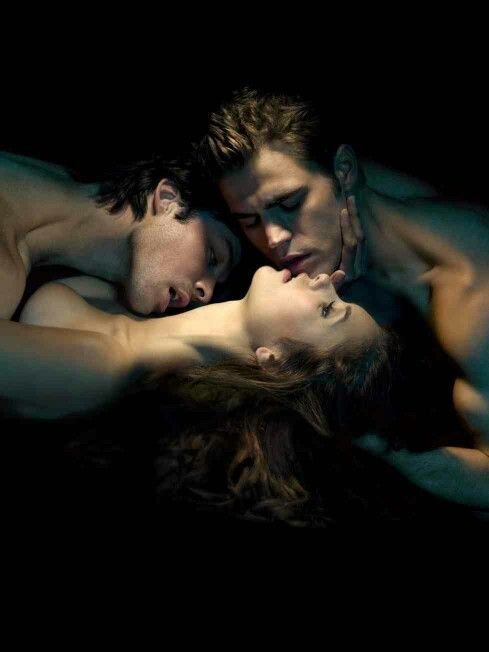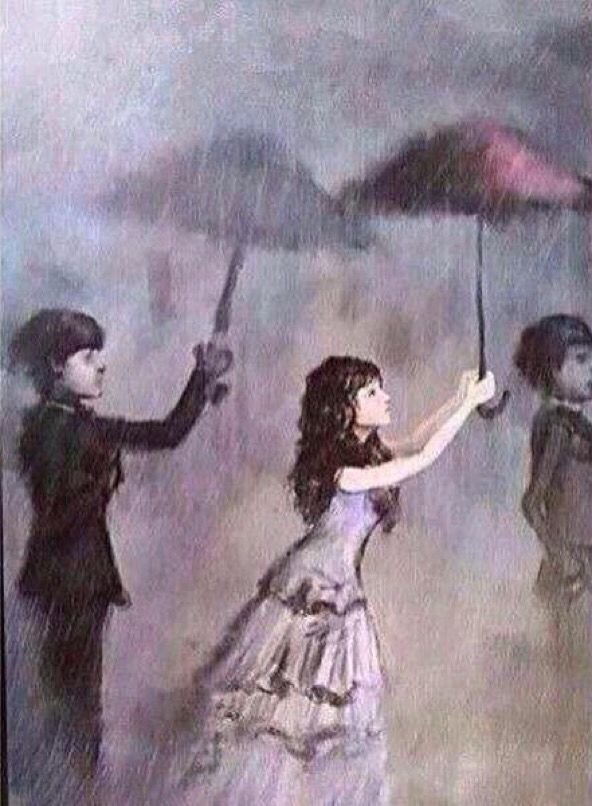Love triangles have long been around in the narrative world, with the stretched-out formula of "two people in love with one person" taking centre stage. Although many stories with suspense, drama, and difficult decisions have been driven by this traditional method, it is long overdue for change. Beyond the cliché, love triangles can take on various complex forms, and the media should investigate these other interactions. It would also be nice to avoid the romantic partners being brothers or related ("Vampire Diaries", "The Summer I Turned Pretty" and "My Life with the Walter Boys.")

Consider a situation where all three people involved in a love triangle are in love/like with one another, creating a complicated web of relationships and feelings. This would be more likely in a homosexual narrative. This interaction has so much ground to explore, which is a story jackpot if you ask me. In this case, relationships are not limited to an A against B binary.
Competing romantic interests are beautiful because they involve many emotions in which each character's sentiments are acknowledged and returned. This arrangement enables a more intense investigation of how love can take on multiple forms and transcend the limitations of conventional monogamous relationships. Instead of choosing between two loves, the narrative suspense comes from negotiating a shared emotional environment.
This kind of love triangle might result from dramatic circumstances and strong emotional tensions. It questions social norms and starts interesting conversations about nontraditional partnerships, emotional polyamory, and the elasticity of love bonds. By presenting love triangles in this way, the media can promote a more inclusive portrayal of different love stories.
For example, the love triangle's unstable dynamic of unrequited love. Here, we have a situation where one character is madly in love with another, who is then drawn to a third. An additional degree of complexity is added by this unrequited love.
Unrequited love within a love triangle examines unmet expectations, pain, and the dynamic nature of feelings. It questions the idea that love triangles have to have a tidy conclusion with a winner and a loser. Instead, it accepts how erratic and muddy human emotions can be. This love triangle variation starts conversations on feelings that are not returned, the strength needed to handle unrequited love, and the possibility of surprising connections emerging amid emotional confusion. It serves as a reminder that love is not always straightforward and that a person's journey through the heart can be just as unpredictable as the turns in a suspenseful story.

While the age-old "two people crushing on one person" scenario has its charm, it's about time we explore the vast realm of romantic complexities. Let's push the boundaries of storytelling in entertainment and give viewers narratives that mirror the complications and variety of real-life relationships.
Embracing conflicting romantic interests and unrequited love in love triangles isn't just breaking the mould; it's offering a more profound emotional journey, character growth that hits you in the heart, and a genuinely inclusive portrayal of love's intricate, multidimensional nature.
While we're at it, let's discuss the tired cliché of love partners being brothers or relatives. It's time for the media to examine the effects and problematic aspects of these storylines. Do brothers really have the same types?. Let's steer away from those overused tropes and create narratives that resonate with the complexity of modern relationships.